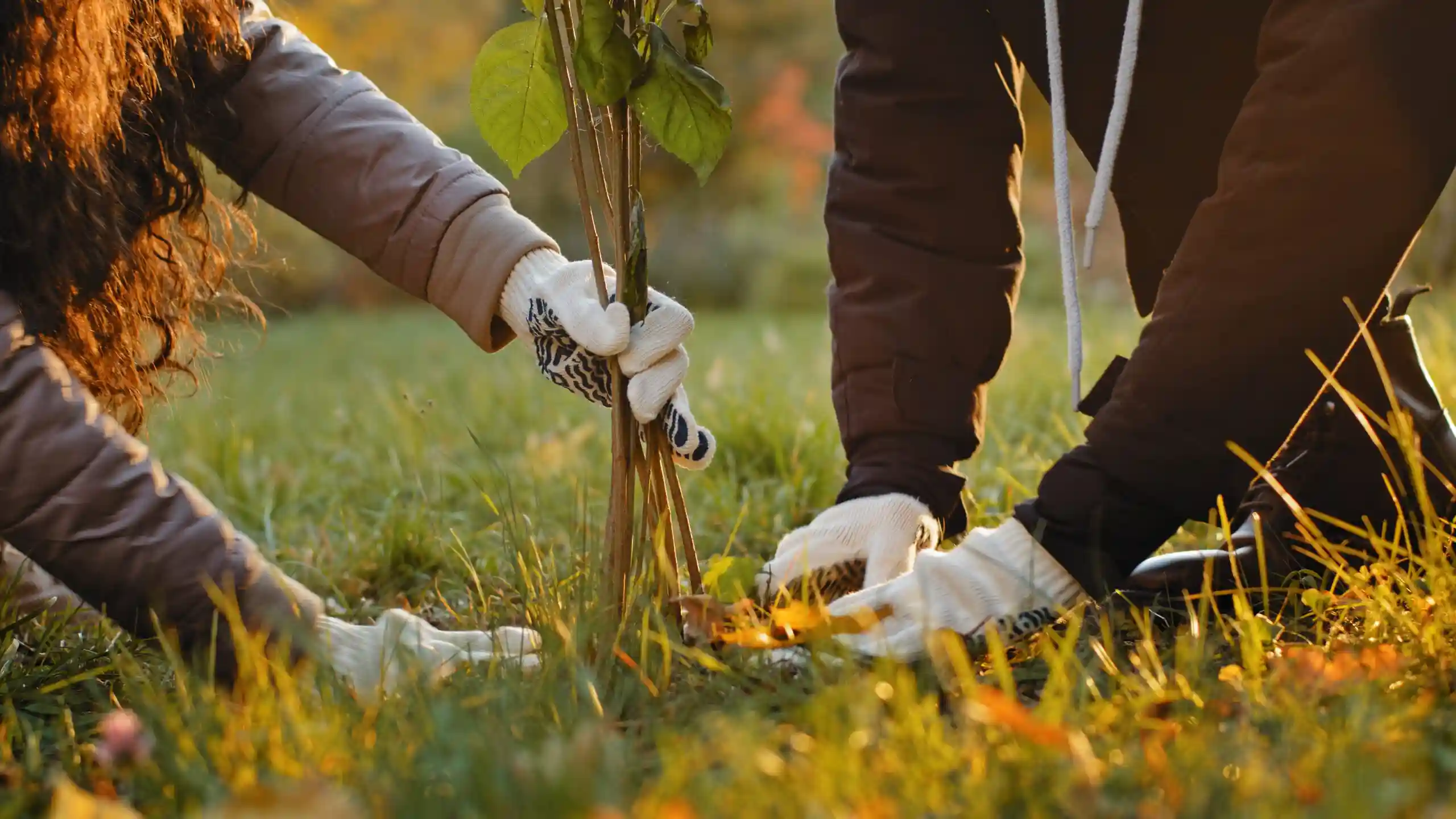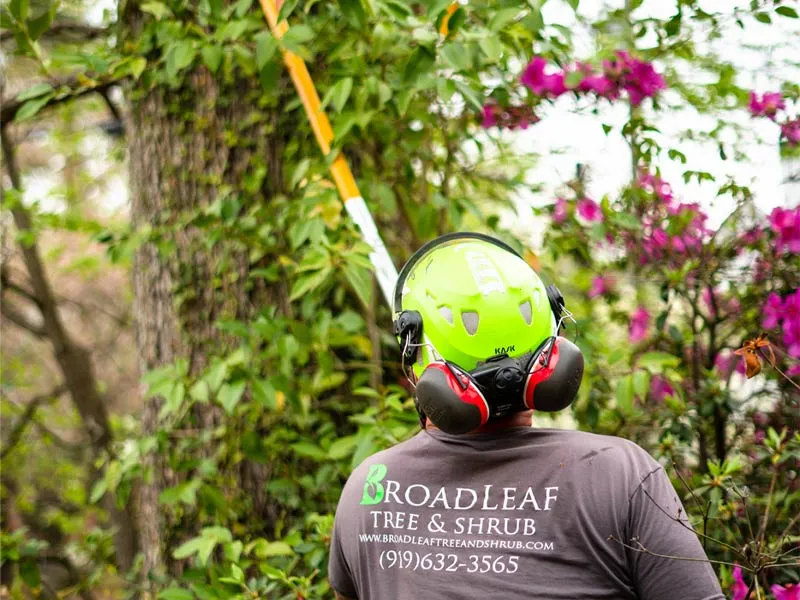
Consider the function of the space
What do you want to use the space for? Entertaining? Relaxing? Playing with the kids? Gardening? Once you know the function of the space, you can start to choose landscaping materials that will support that function. For example, if you’re creating a patio, you’ll want to choose materials that are durable and can withstand foot traffic. If you’re creating a walkway, you’ll want to choose materials that are non-slip and easy to walk on.
Think about the climate
What kind of weather does your area experience? If you live in a cold climate, you’ll need to choose materials that can withstand freezing temperatures and snow. If you live in a hot climate, you’ll need to choose materials that can withstand heat and UV rays.
Consider your budget
Landscaping materials can range in price from inexpensive to very expensive. It’s important to set a budget before you start shopping so that you don’t overspend.
Choose materials that complement your home and garden
The materials you choose should complement the style of your home and the overall design of your garden. For example, if you have a traditional brick home, you might want to choose brick or concrete pavers for your patio. If you have a more modern home, you might want to choose concrete or metal pavers.
Here are some specific tips for choosing different types of landscaping materials:
- Paving materials: When choosing paving materials, consider the following factors:
- Durability: Choose materials that are durable and can withstand foot traffic and the elements.
- Slip resistance: Choose materials that are non-slip and easy to walk on, especially if you have children or pets.
- Appearance: Choose materials that complement the style of your home and garden.
- Cost: Paving materials can range in price from inexpensive to very expensive. Set a budget before you start shopping.
Some popular paving materials include:
- Concrete pavers
- Brick Pavers
- Natural stone pavers
- Asphalt
- Gravel
- Mulch: Mulch is a material that is spread over the top of the soil to help retain moisture, suppress weeds, and improve the appearance of the landscape. When choosing mulch, consider the following factors:
- Type of mulch: There are many different types of mulch available, including organic mulches (such as bark chips and wood chips) and inorganic mulches (such as stones and rubber mulch). Choose a type of mulch that is appropriate for your climate and the plants you are growing.
- Color: Mulch comes in a variety of colors. Choose a color that complements the style of your home and garden.
- Cost: Mulch can range in price from inexpensive to very expensive. Set a budget before you start shopping.
- Plants: When choosing plants for your landscape, consider the following factors:
- Climate: Choose plants that are suited to your climate.
- Soil type: Choose plants that are suited to your soil type.
- Sun exposure: Choose plants that require the same amount of sun as the area where you will be planting them.
- Water needs: Choose plants that have the same water needs as the area where you will be planting them.
- Size: Choose plants that will grow to a size that is appropriate for the area where you will be planting them.
- Appearance: Choose plants that have the appearance you are looking for.
Here are some popular landscaping plants:
- Trees: Oak, maple, birch, pine, spruce
- Shrubs: Rhododendron, azalea, hydrangea, boxwood, yew
- Flowers: Roses, marigolds, petunias, impatiens, geraniums
- Grasses: Ornamental grasses such as fountain grass and maiden grass
Once you have chosen the right landscaping materials, you can start to create a beautiful and functional landscape that you will enjoy for years to come


